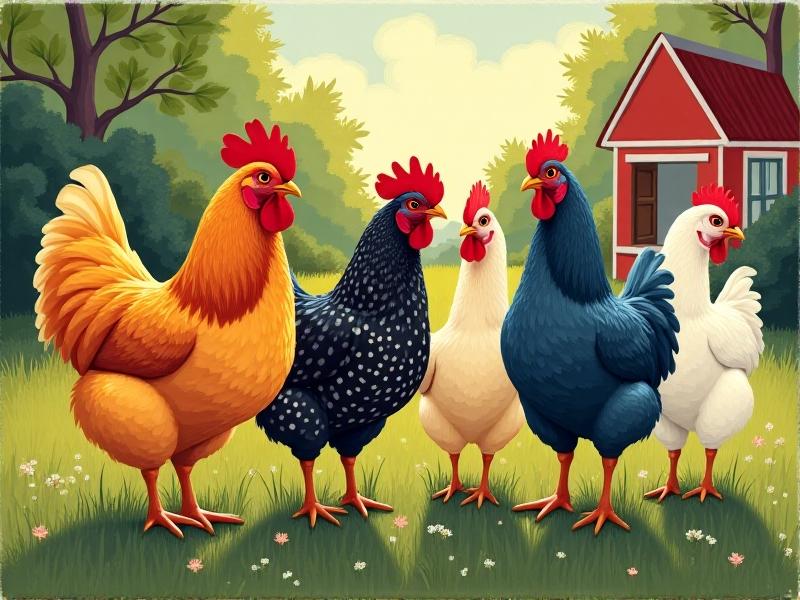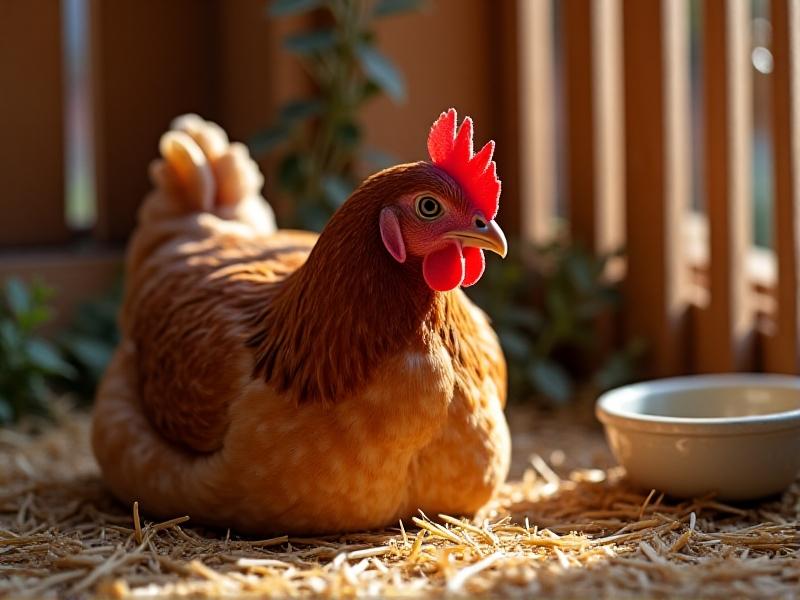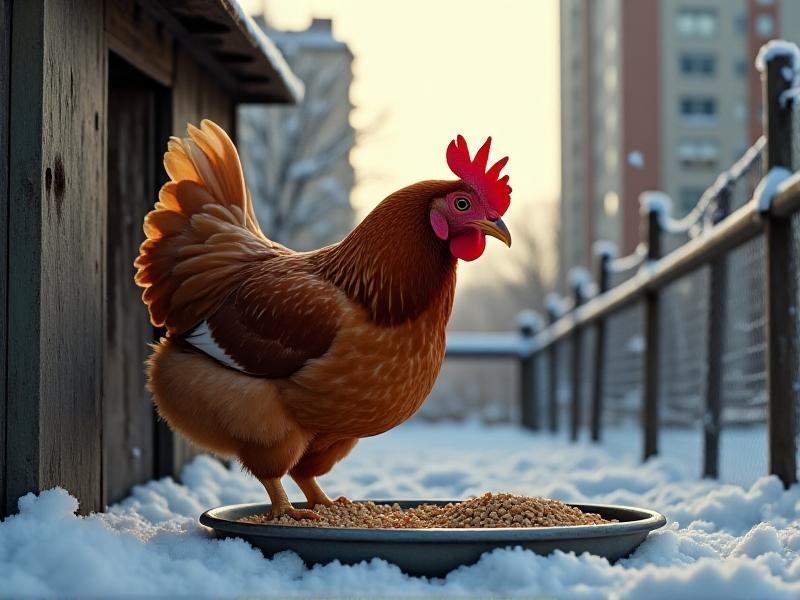The Essential Urban Chicken Starter Kit: What You Really Need
The Rise of Urban Chickens: Why Backyard Flocks Are Taking Over Cities
Urban chicken-keeping has surged in popularity as city dwellers seek sustainable, self-sufficient lifestyles. What began as a niche hobby has transformed into a movement, driven by the desire for fresh eggs, natural pest control, and a deeper connection to food sources. Unlike rural farming, urban setups require clever space management and adherence to local laws, but the rewards—like daily farm-fresh eggs and lively garden companions—make the effort worthwhile. This trend also reflects broader shifts toward eco-conscious living, as chickens help reduce food waste by devouring kitchen scraps and contribute nutrient-rich compost to urban gardens.

Navigating Legal Considerations: Permits, Noise, and Neighbors
Before building a coop, research local ordinances. Many cities limit flock size, prohibit roosters, or require permits. For example, Portland allows up to six hens without a rooster, while Austin mandates a 50-foot distance from neighboring homes. Transparent communication with neighbors is key—address concerns about noise or odor by sharing eggs and outlining your plan for maintaining a clean coop. Noise ordinances often target roosters, so opt for quieter breeds like Silkies or Orpingtons. Proactively checking regulations prevents fines and ensures your flock stays legal.

Coop Essentials: Design, Security, and Space Requirements
A well-designed coop balances comfort and safety. Each chicken needs 3–4 square feet indoors and 8–10 outdoors. Use predator-proof materials like hardware cloth instead of chicken wire, and include ventilation to prevent respiratory issues. Elevate the structure to avoid flooding and add nesting boxes lined with straw. Automatic coop doors add convenience, while a slanted roof sheds rain. For urban aesthetics, try a modern design with a green roof or vertical planter walls that blend into small yards.

Choosing the Right Breeds: Temperament and Egg Production
Urban environments favor docile, adaptable breeds. Rhode Island Reds lay 250+ brown eggs annually but can be assertive. Buff Orpingtons are calm and cold-hardy, ideal for families. Bantams, like Belgian d’Uccles, suit tiny yards but lay smaller eggs. For unique appeal, consider Silkies with their fluffy plumage or Easter Eggers that lay blue or green eggs. Prioritize breeds that tolerate confinement and noise, avoiding flighty types like Leghorns unless you have ample space.

Feeding Your Flock: From Kitchen Scraps to Organic Feed
Chickens thrive on diverse diets. Layer pellets provide essential nutrients, but supplement with vegetable peels, grains, and mealworms. Avoid avocado, citrus, and salty foods. Use hanging feeders to minimize waste and offer grit for digestion. A DIY compost station near the coop lets hens forage while breaking down scraps. In winter, add cracked corn for energy. Urban farmers often partner with local cafes for leftover greens, creating a circular food system.
Health and Hygiene: Preventing Disease in Small Spaces
Compact coops require diligent cleaning. Replace bedding weekly and use apple cider vinegar in water to boost immunity. Check for mites by inspecting under wings and dust-bathe areas with diatomaceous earth. Quarantine new birds for 30 days and watch for lethargy or discolored combs—signs of illness. Grow herbs like oregano and thyme in the run; their antimicrobial properties support respiratory health. Partner with a vet experienced in poultry to handle emergencies.
Community and Sustainability: Sharing Eggs and Reducing Waste
Urban chicken keepers often become neighborhood hubs. Extra eggs can be traded for garden produce or donated to food banks. Host coop tours to educate others on sustainable practices, and join local Facebook groups to share tips. Chickens reduce landfill waste by consuming 1.5 pounds of scraps weekly per bird. Their manure, when composted, enriches soil without chemicals—close the sustainability loop by growing veggies where your flock forages.
Troubleshooting Common Issues: Predators, Noise, and Winter Care
Raccoons and rats are urban predators; secure coops with locks and remove night-time feed. For noisy hens, identify stressors like overcrowding or boredom—add perches or hanging treats. In winter, insulate coops with straw and use heated waterers. Frostbite can be prevented by applying petroleum jelly to combs. If hens stop laying, adjust their diet with protein-rich snacks and ensure they get 14 hours of light daily via a coop lamp.








